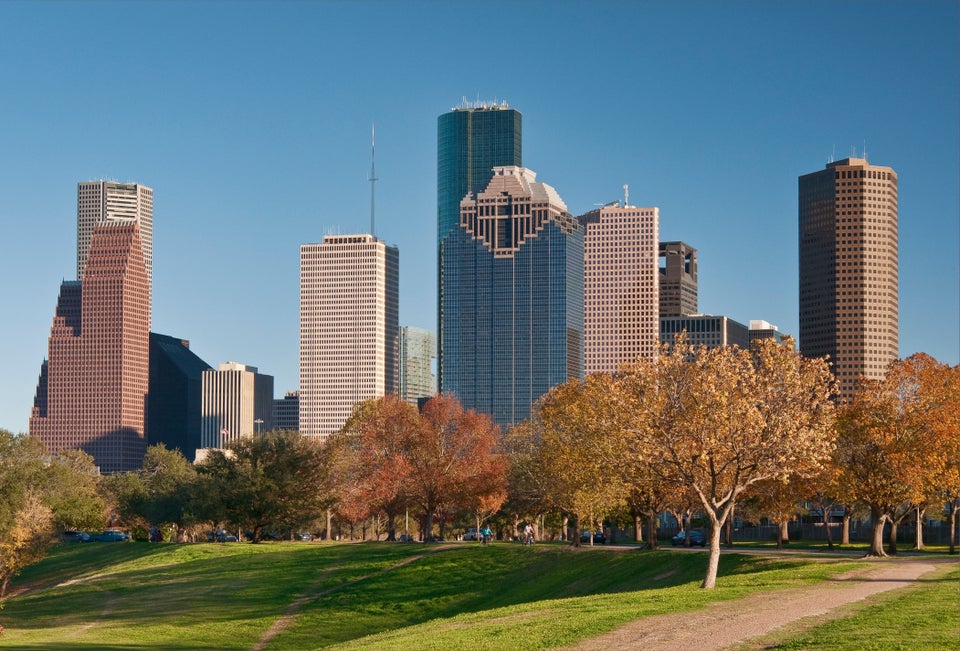You know why you buy stocks: to see the prices go up! Buy low and sell high. That's the oldest of market maxims. But there's another reason to buy stocks -- one that has helped propel the market to all-time highs. And that reason is dividend income.
You may think that getting a small check for your dividends is simply the lagniappe -- the little bit extra -- you get for owning stocks. But in reality, dividends have always played a very significant part in the growth of stock market investments, contributing nearly 40 percent of the stock market's total return over the past 50 years.
That total return is the true measure of wealth creation, not just the day-to-day price of the stock. And in times like these when interest rates are forced artificially low by the Fed, more money has rushed into stocks just to capture dividends that can pay as much as 5 percent or more on your investment.
Currently, the S&P 500 index yields slightly less than 2 percent. And the Dow Jones Industrial Average yields 2.29 percent. But many of the large companies in these popular indexes have much higher yields. Several tobacco companies yield around 4 percent, drug-maker Merck yields 3 percent, as does Cisco, while retailer Coach yields nearly 4 percent.
But before you race out to purchase high-yielding dividend stocks you might want to consider the reason why the dividend yield is so rich. Perhaps the company has had problems, and the stock price is so beaten down that the yield is high! Conservative investors would want to avoid that scenario, instead seeking out stocks that benefit from a regular stream of earnings and have a long history of paying dividends.
Dividend payout percentages have been on the rise in the past two years, perhaps signaling that some companies simply can't find a better use for their profits by reinvesting in their business, and are instead returning capital to shareholders. That could be a concern for future growth in the economy -- and the entire market.
What to do with Dividends
So what happens when a dividend check arrives in the mail, or is credited to your brokerage account? Do you consider it "found money" and spend it on a good dinner? Or do you have your dividends automatically reinvested into more shares of the stock or fund? Most large companies have plans that allow for automatic dividend reinvestment. And the gains from those reinvested dividends can really boost your long term return.
For example, if you had invested in an S&P 500 index fund from 1050 through year-end 2012, roughly 89 percent of your gains would have come from reinvesting your dividends. Here's an online calculator that shows you the importance of dividends to overall investment returns. The calculator uses tools and data created by Nobel prize-winning economist Robert Shiller. It will let you instantly compare the price return of the S&P 500 with the total return (dividends reinvested), even adjusted for inflation, between any two time periods. You'll be amazed at what a difference reinvested dividends make in your overall return.
But if you don't want to see the mathematical proof of the importance of dividends, just accept that dividends do matter. That brings us to the point of figuring out how to invest in dividend paying stocks.
How to Buy Dividend Paying Stocks
You can search out individual stocks that pay high dividends. Well known newsletter writer Chuck Carlson wrote The Little Book of Big Dividends (for which I wrote the foreword), and he has a website that takes the work out of finding good dividend paying stocks. Go to www.bigsafedividends.com for a complete, up-to-date, and free listing of the best of these stocks and an explanation of the ratings.
Or you can invest through the many mutual funds listed in Morningstar.com under the category "equity-income." (Many of these funds also have some debt securities in their portfolios.)
Or you could actually purchase an ETF (exchange traded fund) that specializes in picking good, high-dividend stocks. For example, there's the PowerShares S&P 500 High Dividend Portfolio (NYSEArca: SPHD) or the RevenueShares Ultra Dividend Fund (NYSEArca: RDIV). The latter fund has almost a 45 percent weighting in high dividend yielding utilities stocks. Both have well outperformed the S&P 500 index so far this year. Vanguard and Schwab also have created ETFs for dividend paying stocks.
And if you really want to get started, but don't have a lot of money, go to www.DripInvestor.com, another website created by Chuck Carlson. There you can get started with small amounts of money by making your initial purchase of stock directly from the company, and continue buying automatically through their automatic dividend reinvestment plans, avoiding brokerage commissions. The entire list, along with links is available on this site. Some even let you make your purchases in an IRA!
A Word of Warning
Over the long run, dividend paying stocks can add a huge bonus to your investment returns. But that doesn't insulate you from market volatility or loss. When the entire market goes down, dividend-payers will fall, too. And diversifying your portfolio is recommended, because sometimes a company's fortunes will change and dividends can be easily cut or eliminated. Others, such as utilities, face regulatory hurdles. And even REITS (real estate investment trusts) can be impacted by higher interest rates and changing economic trends.
And one more warning. All the explanations in this column are not news. In fact, a recent Wall St. Journal article points out that the rush to high-yielding stocks has made them some of the best performers since the start of the year. The total return of the DJIA year-to-date, including dividends is 4.2 percent, while the S&P 500 total return is 8.5 percent - and the return for the utilities sector this year has been 14 percent including dividends.
Dividends are not a get-rich-quick investment scheme. They are a long-term strategy for building wealth. And that's The Savage Truth.
